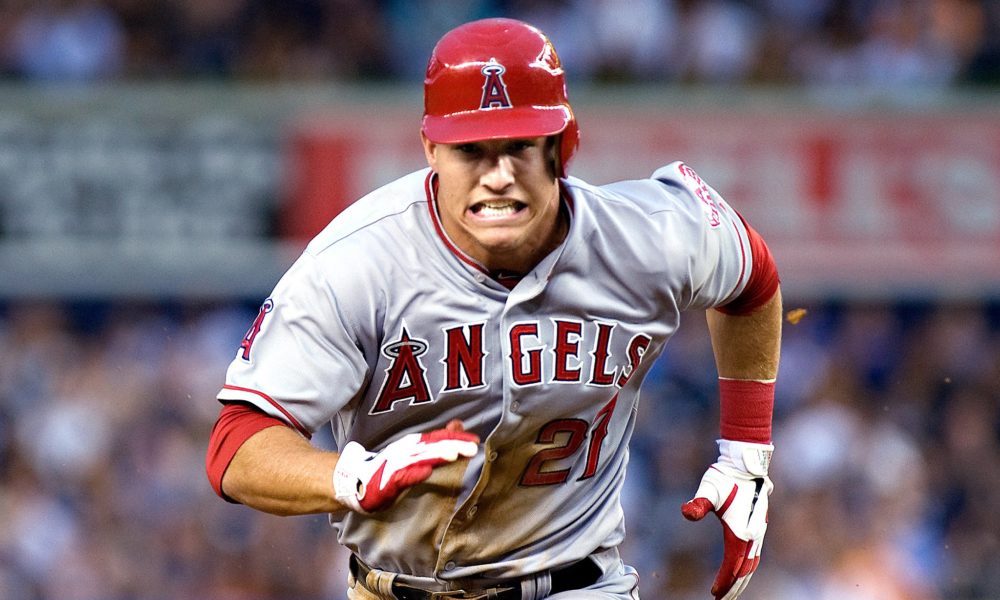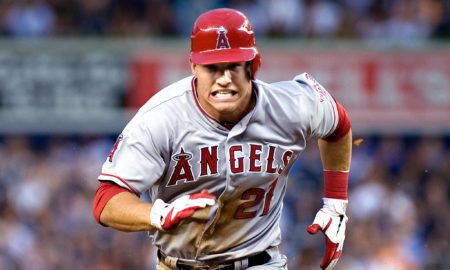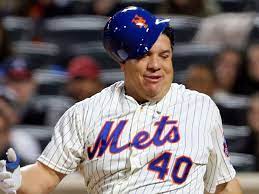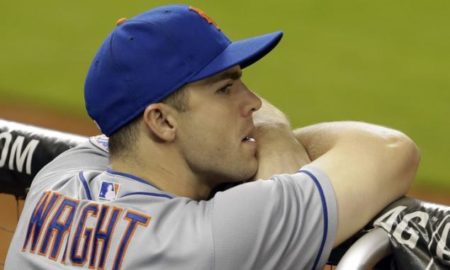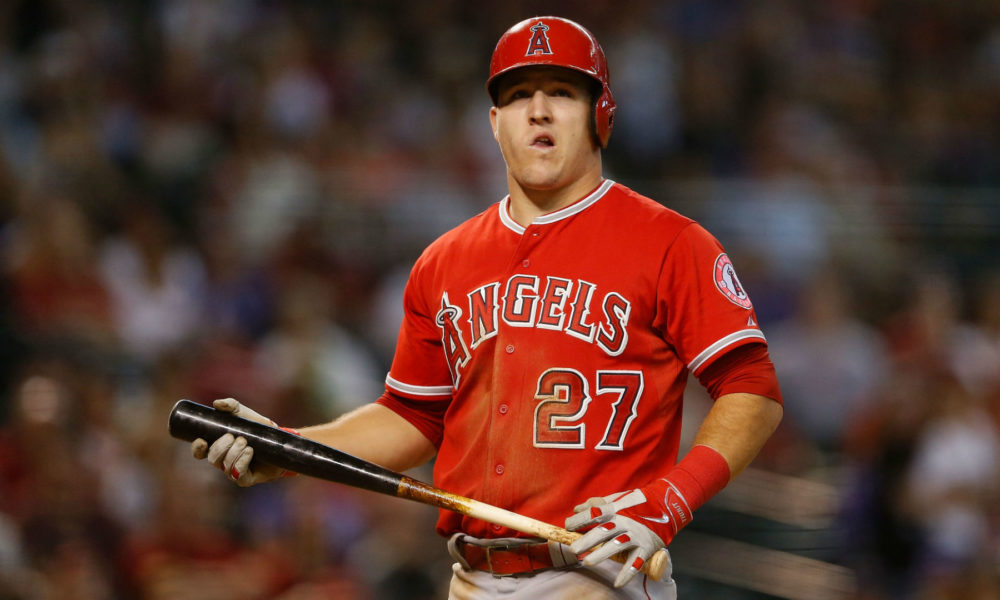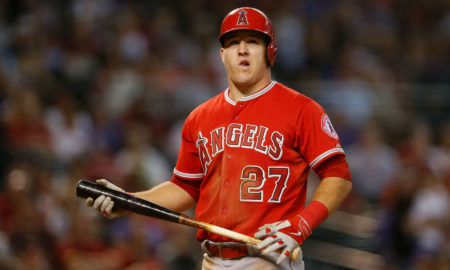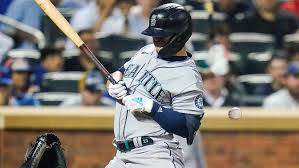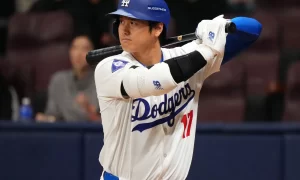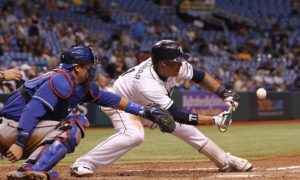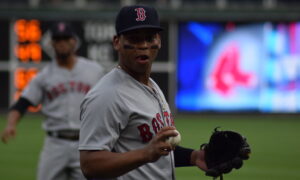Trade Retrospective: Blue Jays acquire David Price from Tigers for Daniel Norris and Matt Boyd
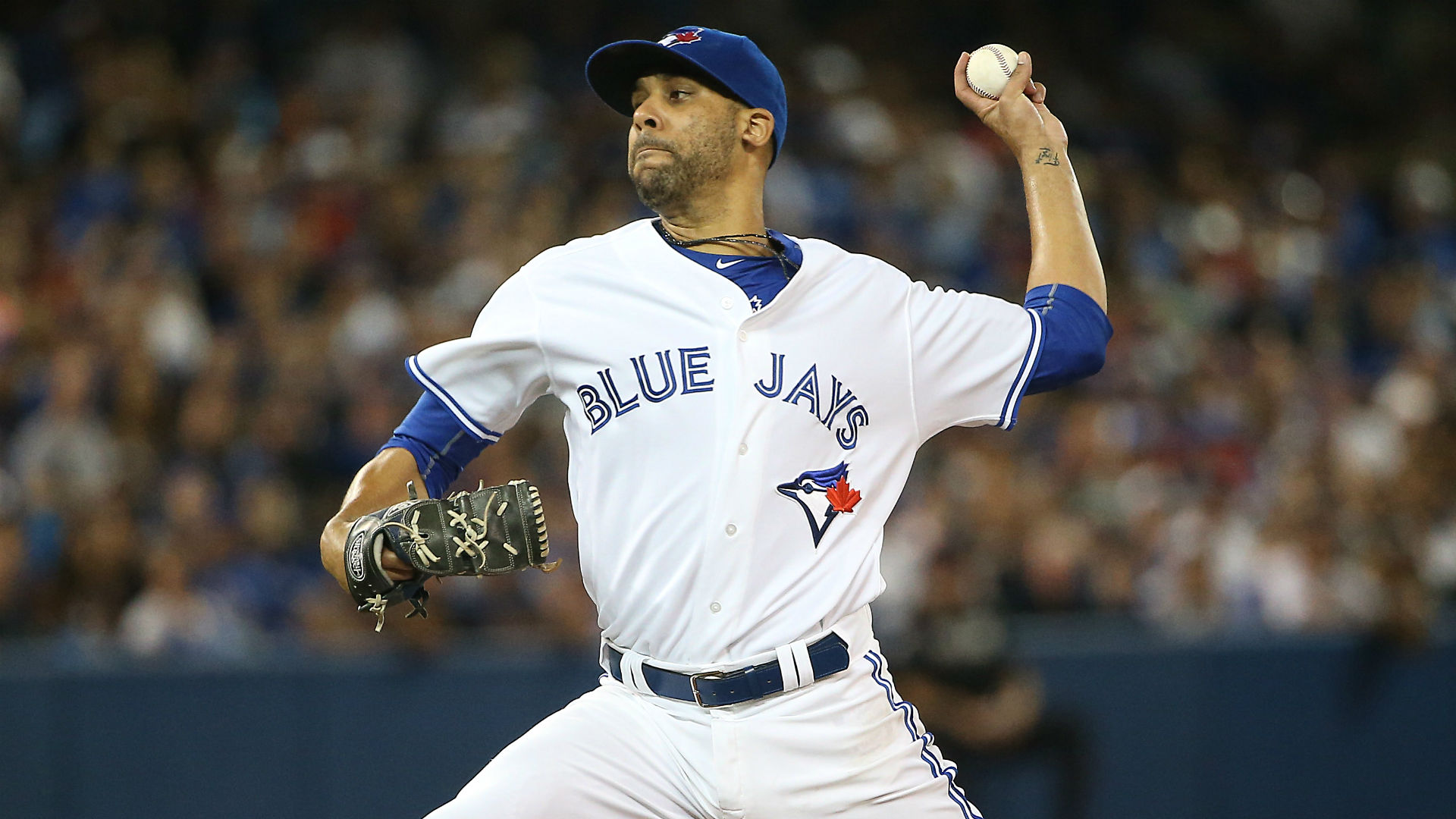
For the fifth straight offseason, I am taking a look back on some of the biggest trades from years past. Check out all my previous entries at Beyond the Box Score here.
Right before the 2015 trade deadline, the Blue Jays decided to follow up on their Troy Tulowitzki trade by acquiring the oft-traded David Price from the Tigers. To complete this trade, the Tigers sent Daniel Norris, Matt Boyd, and Jairo Labourt.
In this trade retrospective series, trades will be evaluated based on what was known at the time. That is the only fair, logical way to evaluate trades and remove luck from the equation; we’re evaluating process over results. Having said that, we will still take a look at how the trade worked out for both parties.
THE DEAL
At the time of the trade, the Blue Jays were six games behind the Yankees and a game out of the last Wild Card slot. They did well on paper in acquiring Tulo as an upgrade at shortstop, but that wasn’t their only need. Their rotation needed help. Part of the problem was that the Jays expected more of Drew Hutchison, but he had a 5.83 RA9, though his peripherals were weren’t too bad.
The Tigers were just a couple games below .500 with a potent offense, but they were also among the worst in the league in runs allowed. Price and Verlander were doing very well, however, there was a steep drop off after that. The team smartly saw that though Price would be essential for any chance at making the playoffs, their chances were still likely pretty low, and they weren’t going to retain Price when he entered free agency.
Despite being a rental, Price was a high value target. He had a 3.08 RA9, 4.9 BB%, and had already accumulated 3.7 WAR. Getting a Cy Young-caliber pitcher would be a boon to any competitive team. For the Jays specifically, he could’ve been estimated to be at least a two-win upgrade, which could make all the difference in the world in a tight Wild Card race, not to mention the ability to start him in the coin flip.
The Jays definitely paid high but not unreasonable, um, price, to get one of the best pitchers in baseball for two months plus the playoffs. Prospect analysts saw Norris as a blue chipper, despite his struggles so far at the major league level. His 4.24 RA9 over his five starts that year was respectable, but part of that was a high strand rate. Perhaps more importantly, his peripherals just weren’t up to par. Simply put, he was walking too many batters while striking out too few. Still, there was no reason to believe he still didn’t have top of the rotation upside as the Tigers’ new top prospect.
Boyd and Labourt projected as big leaguers, but they didn’t have anywhere near the upside of Norris. Boyd made his major league debut earlier that season, and it couldn’t have gone worse, giving up 11 runs and 5 HR over only 6.2 innings. His biggest issue was his mediocre fastball that lacked both downward plane and life. As for Labourt, there was serious concern that he’d just end up as a LOOGY. It was to get these guys in addition to Norris, but developing them was going to take some serious work.
One could argue that the Blue Jays paid too much for Price, but I think it’s fine given that they were on what was at the time the longest playoff drought in baseball. They hadn’t been to the playoffs since they completed their back-to-back championships in 1993.
THE RESULTS
The Blue Jays went on an absolute tear after the trade. They went 40-18 from August 1st on, and not only snapped the big postseason drought, but did so by winning 93 games. They won the division by six games.
Price somehow got even better when he arrived in Toronto. He had a 2.42 RA9 and struck out almost 30% of batters faced! Unfortunately, that dominance didn’t extend to the playoffs. He had a 6.17 RA9 over four appearances and three starts. They wound up losing to the eventual champion Royals in a six-game ALCS.
The Red Sox signed him that offseason to big seven-year, $217 million deal. His 4.10 RA9 in Boston wasn’t stellar, but it was pretty good given the ballpark he was in and the quality of competition. Before the Red Sox traded him to the Dodgers as part of the disgraceful Mookie Betts trade, he accumulated 10.6 WAR over four seasons there and was a big contributor to their postseason run in 2018, when he arguably should’ve won the World Series MVP. Seeing as how the Red Sox were a competitive team that prints money and has one of the richest ownerships in sports, I don’t see any problem this outcome, regardless of the high price tag.
After landing with the Dodgers, Price opted out of the 2020 season. Currently his pitching out of the bullpen, mostly because of how stacked the rotation depth is than because of lack of ability. Unfortunately, he is off to a terrible start this season, but obviously the season just started.
Norris is actually still with the Tigers, but hasn’t turned into anything close to an ace. He has struggled a lot with injuries, including contracting COVID-19 last year. The Tigers moved him to the bullpen full time starting that year, where he was quite good, turning in a 3.25 RA9 with good home run and walk rates, though I would have liked to have seen him strikeout more than 24.1% of batters coming out of the pen. He’s off to a poor start start this season, but obviously there’s plenty of time to improve on it.
Boyd is also still with the Tigers, believe it or not. I think he has been more or less what everyone expected him to be. He has a career 5.20 RA9, but his strikeout and walk rates are solid. His biggest problem has been the long ball, which I’m sure surprises nobody who has scouted him. He currently has a 14.1% HR/FB ratio. He is off to a very nice start this season, though, having given up only three runs over two starts.
Labourt had a cup of coffee with the Tigers in 2017, but that’s the extent of his major league debut. When you’re walking a quarter the batters that you’re facing, that’s a big problem. He remained in the Tigers’ organization through 2018 when he landed with the White Sox and then the Rays, who released him before the 2019 season. He tried to play in an independent league in 2020, but the pandemic ruined those plans. His plans are to try again this year.
This trade was all upside for the Tigers since they weren’t going to re-sign Price anyway, but the results have been disappointing, with Norris not even sticking with the rotation letting alone being a top of the rotation starter. I’m sure the Blue Jays have no regrets either, but it’s an interesting “what if” had Norris and Boyd stayed in Toronto. Would they have developed better? The current Blue Jays team is good, but their rotation could really use some help.

